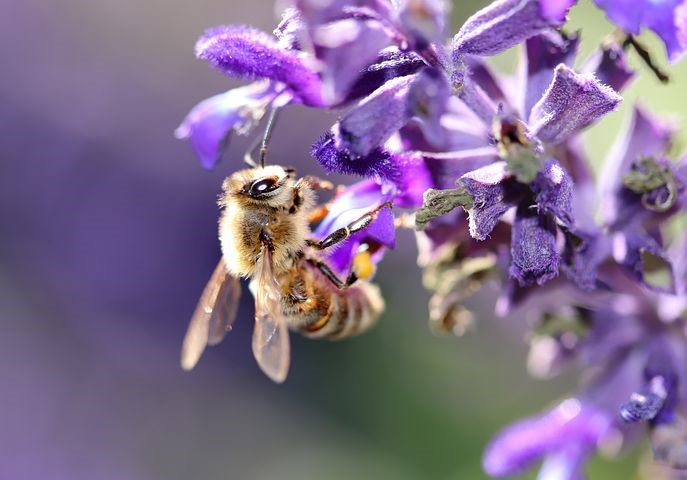The Value of Using Native Plants

photo: Pixaby
This commentary excerpt is from Ron Krupp, author of “The Woodchuck’s Guide to Gardening,” “The Woodchuck Returns to Gardening” and his forthcoming book, “The Woodchuck’s Guide to Ornamentals & Landscape Plants.”
Native pollinator plants have long been ignored in our landscapes, but that’s changing. They are, by nature, hardier, better adapted to climate change and provide critical habitat for wildlife. Plus, they have attractive flowers, colorful berries and fall foliage.
Douglas Tallamy’s book Bringing Nature Home describes how nonnative plants have low resource value for our native animals and insects and, as well, displace our valuable native flora. He says that we don’t have enough wild places left to allow nonnative plants to thrive.
The growing demand for native plants in ecological landscaping, including pollinator habitat gardens, has led to the selection and breeding of native cultivars. A native cultivar or “nativar” is a cultivated variety of a native plant that has been selected by humans (in nature or through repeated selections in a breeding program), cross-bred, and/or hybridized by botanists and plant breeders seeking desirable characteristics that can be maintained through propagation.
The flowers of Native Cultivars may vary from the native species in size, shape, abundance, color, and bloom time — all attributes known to influence pollinator visitation. In addition to floral traits, native cultivars are sometimes selected for disease resistance, and more predictable sizes and shapes than their wild relatives, making them more desirable landscape plants. But native cultivars can also be less hardy and may prefer different soil moisture and fertility than the species, and most serious of all, may not be as attractive and useful to pollinators.
The use of Native Species once made this land a rich source of life for its Indigenous peoples and, later, for European colonists and their descendants. That is no longer the case. Today, most of the surviving remnants of the native flora that formed them have been invaded by alien plant species.
The transition from alien ornamentals to native species will require a profound change in our perception of the landscaping value of native ornamentals. Even today, the drive to obtain unique species or cultivars is a primary factor governing how we select plants for our landscapes.
Native plants tend to grow vigorously without requiring much fussing. They generally take climatic extremes in stride. Most are major attractions for butterflies, birds, bees and other pollinators because they provide shelter for these beneficial garden visitors. In my community garden, there are many native bumblebees, but their numbers are diminishing due to pesticides, developments, climate change and the loss of open-pollinated true native species.
As development and subsequent habitat destruction accelerate, there are increasing pressures on wildlife populations. As a gardener, you can increase your love of plants and nature by planting native pollinators.
For the first time in history, gardening has taken on a role that transcends the needs of the gardener. They now have become important players in the management of our nation’s wildlife and can make a difference in the future of biodiversity by growing native species plants.

photo: Pixaby
The flowers from the butterfly bush attract hummingbirds because of its high nectar count. Additionally, they are drawn to the long, brightly colored spikes resembling lilacs. Milkweed, an old-fashioned perennial, attracts pollinators like Monarch butterflies, also known as the “milkweed butterfly.”
These perennials invite butterflies and other beneficial pollinators to your garden. They not only look beautiful in the garden, but they also produce nectar-rich blossoms that help sustain winged creatures and produce flowers at different times during the season. In addition to enjoying the colorful blossoms, you’ll experience the satisfaction that comes with supporting pollinators. So why not grow a pollinator garden? Every little bit helps.
In addition to planting perennials to feed pollinators, you can add to the feast by incorporating annuals into beds, borders and patio pots. These plants last only a single season, but many are magnets for winged creatures — from the Monarch butterfly favorite Verbena bonariensis to colorful Zinnias and Lantanas to the Nicotianas and annual Salvias that are beloved by hummingbirds. To see full commentary, check out the original article.
